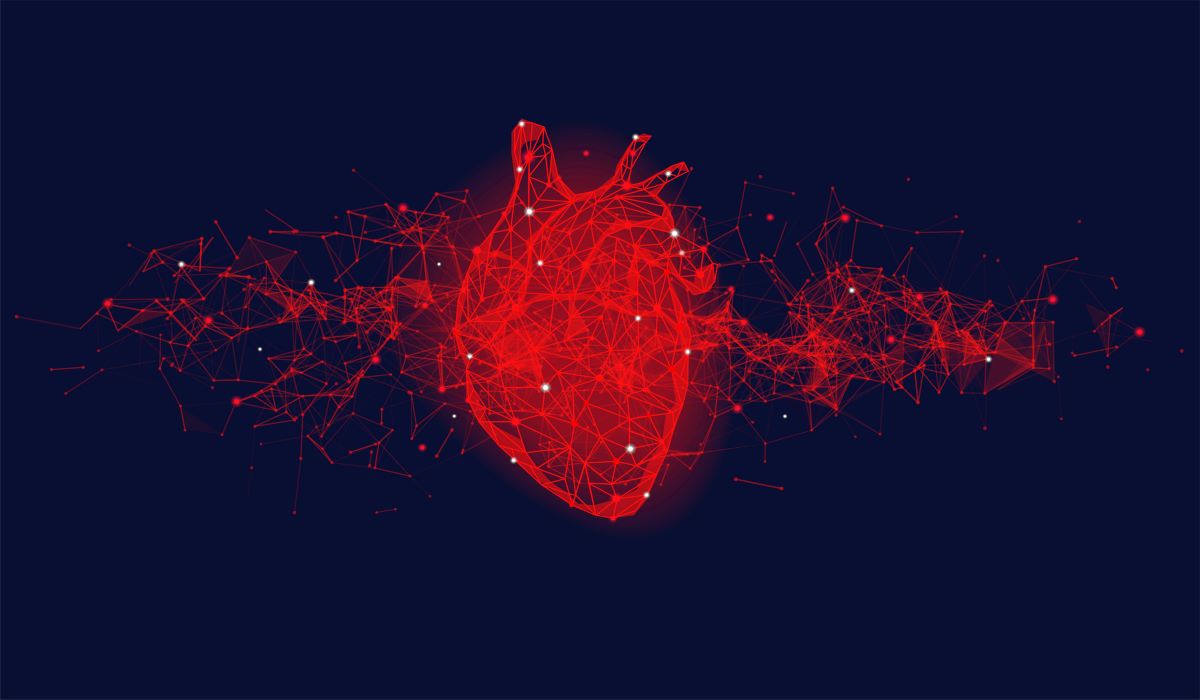ARTICLE SUMMARY:
A growing population of heart disease patients coupled with the shift from open surgery to minimally-invasive interventions has brought an influx of activity into the percutaneous ventricular assistance device space, with a variety of innovative solutions.
Interest in heart failure technology is strong lately, as evidenced by Johnson & Johnson’s recent acquisition of Abiomed; J&J paid $16 billion for the diversified cardiac device manufacturer, which was founded in 1981 to develop the world’s first artificial heart. Since then, Abiomed has expanded through several key acquisitions of its own to support compromised hearts in various ways. Artificial heart pumps, in use for nearly 60 years, have mainly been relegated to temporary circulatory support for patients following cardiac surgery or leading up to a heart transplant. These pumps, called left ventricular assistance devices (LVADs), have traditionally required open-heart surgery to implant. In the last few decades, however, there has been a rise in pVADs (percutaneous ventricular assist devices), LVADs designed for minimally invasive percutaneous catheter delivery. The ability of pVADs to stabilize hemodynamics makes them more broadly applicable than originally foreseen, and as the technology has matured, its range of indications has grown commensurately from a short-term crutch for patients with heart failure to a permanent solution and a buffer against complications in high-risk coronary procedures.

